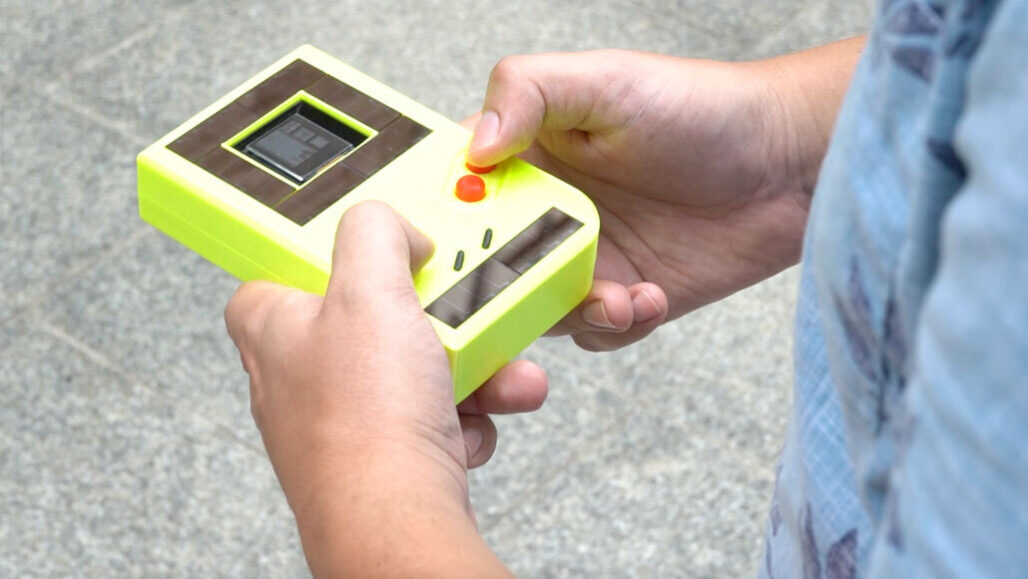coil: Concentric rings or spirals formed by winding wire or some other fiber around and around a core; or the shape that such a wire would make.
computer chip: (also integrated circuit) The computer component that processes and stores information.
computer program: A set of instructions that a computer uses to perform some analysis or computation. The writing of these instructions is known as computer programming.
current: A fluid — such as of water or air — that moves in a recognizable direction. (in electricity) The flow of electricity or the amount of charge moving through some material over a particular period of time.
engineer: A person who uses science to solve problems. As a verb, to engineer means to design a device, material or process that will solve some problem or unmet need. (v.) To perform these tasks, or the name for a person who performs such tasks.
field: (in physics) A region in space where certain physical effects operate, such as magnetism (created by a magnetic field), gravity (by a gravitational field), mass (by a Higgs field) or electricity (by an electrical field).
friction: The resistance that one surface or object encounters when moving over or through another material (such as a fluid or a gas). Friction generally causes a heating, which can damage a surface of some material as it rubs against another.
magnetic field: An area of influence created by certain materials, called magnets, or by the movement of electric charges.
solar: Having to do with the sun or the radiation it emits. It comes from sol, Latin for sun.
waste: Any materials that are left over from biological or other systems that have no value, so they can be disposed of as trash or recycled for some new use.








